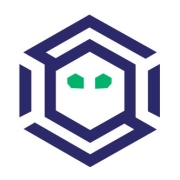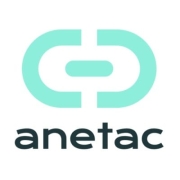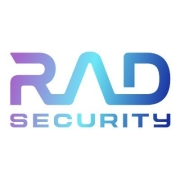Identity Threat Detection and Response technology focuses on identifying and mitigating potential security threats associated with user credentials and identities. By proactively monitoring, it supports organizations in securing their network from unauthorized access.
ITDR solutions play a crucial role in the cybersecurity landscape, where safeguarding digital identities is paramount. With the increasing threats targeting user identities, these tools help detect suspicious activities, compromised accounts, and unusual behavioral patterns. Employing strategies such as behavioral analytics and real-time monitoring, ITDR tools offer comprehensive protection by identifying threats and enabling immediate response actions. This helps organizations maintain trust and security in their digital operations.
What are key features of ITDR solutions?In the finance sector, ITDR solutions are implemented to protect sensitive customer data and prevent financial fraud. In healthcare, they safeguard patient records and maintain compliance with privacy regulations. Manufacturing industries use these solutions to secure industrial control systems from unauthorized access.
This technology is essential as it offers a proactive approach to securing digital identities within organizations. By addressing potential threats related to user identities, ITDR helps maintain security, trust, and operational efficiency in digital environments.











































ITDR solutions play a critical role in bolstering your cybersecurity strategy by identifying anomalous behavior and potential threats in real-time. These solutions provide continuous monitoring and deep analysis of identity-related activity, allowing you to detect suspicious patterns before they manifest into security breaches. Integrating ITDR with existing security frameworks enhances visibility and provides faster response times, reducing the risk of data loss and improving your organization's overall security posture.
What are the key features to look for in an ITDR solution?When selecting an ITDR solution, prioritize features such as advanced threat intelligence capabilities, real-time alerts, and seamless integration with existing security tools. The ability to perform behavioral analysis and offer automated response actions is crucial. Ensure the solution provides comprehensive reporting and compliance management features. These elements will help you maintain a proactive security stance while streamlining identity threat detection and response processes across your network.
How does ITDR differ from traditional identity management?Unlike traditional identity management, which focuses on user authentication and access control, ITDR solutions go further by identifying and responding to threats based on identity-related anomalies. Traditional systems excel in ensuring only authorized access, but ITDR actively analyzes identity behaviors to detect and respond to potential security incidents. This proactive approach helps in mitigating risks associated with identity threats, thereby offering a more robust security solution.
Can ITDR solutions help in regulatory compliance?Yes, ITDR solutions significantly aid in achieving regulatory compliance by providing comprehensive identity governance and monitoring capabilities. These solutions ensure that your organization adheres to compliance standards such as GDPR, HIPAA, and others by continuously tracking identity-related activities and maintaining audit trails. The detailed reporting and alerting mechanisms facilitate easy compliance audits and help demonstrate your commitment to protecting sensitive data.
How do ITDR solutions integrate with existing security tools?ITDR solutions are designed to seamlessly integrate with various security tools and platforms within your organization. They typically offer APIs and connectors for easy integration with security information and event management (SIEM) systems, identity and access management (IAM) tools, and endpoint protection platforms. This interoperability ensures a unified security ecosystem, enhancing threat detection capabilities and enabling a more coordinated response to identity-related threats.